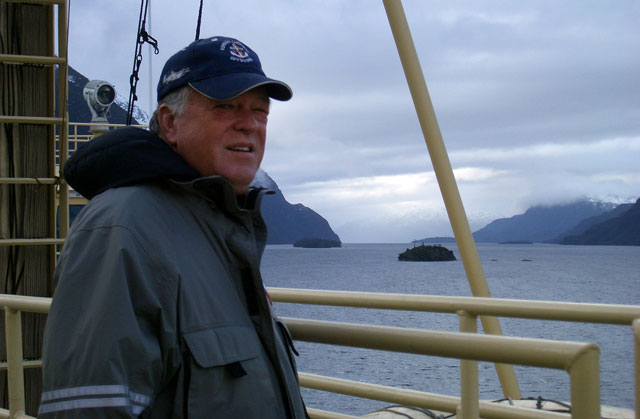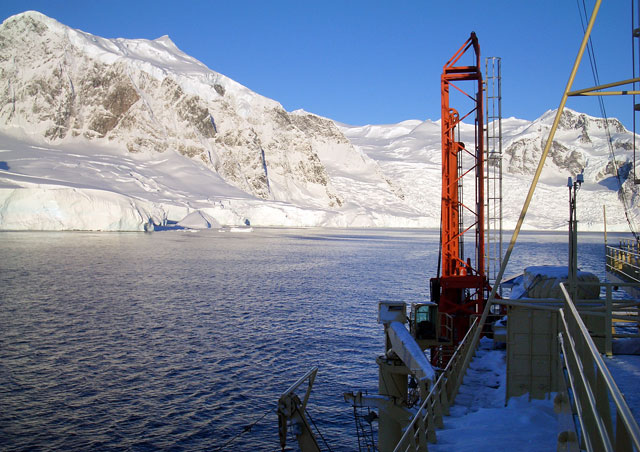|
Pollen pinpoints changesOcean sediment cores reveal detailed history of glaciation along Antarctic PeninsulaPosted July 8, 2011
A detailed, three-year examination of sediment cores extracted from the continental shelves of Antarctica has revealed that the last remnant of vegetation existed in a tundra landscape on the continent’s northern peninsula about 12 million years ago. The research, which was led by researchers at Rice University and Louisiana State University The new study contains the most detailed reconstruction to date of the climatic history of the Antarctic Peninsula, which is one of the fastest warming regions on the planet. “The best way to predict future changes in the behavior of Antarctic ice sheets and their influence on climate is to understand their past,” said Rice University marine geologist John Anderson In the warmest period in Earth’s past 55 million years, Antarctica was ice-free and forested. The continent’s vast ice sheets began forming between 30 and 40 million years ago. The Antarctic Peninsula, which juts farther north than the rest of the continent, was the last part of Antarctica to succumb to ice. 
Photo Credit: Rice University
Rice University scientist John Anderson aboard the Nathaniel B. Palmer.
“There’s a longstanding debate about how rapidly glaciation progressed in Antarctica,” said Sophie Warny Warny, her students and colleague Rosemary Askin were able to ascertain the exact species of plants that existed on the peninsula over the past 36 million years after a painstaking, three-year examination of thousands of individual grains of pollen that were preserved in muddy sediments beneath the sea floor just off the coast. “The pollen record in the sedimentary layers was beautiful, both in its richness and depth,” Warny said. “It allowed us to construct a detailed picture of the rapid decline of the forests during the late Eocene — about 35 million years ago — and the widespread glaciation that took place in the middle Miocene — about 13 million years ago.” The northernmost peninsula was completely overridden by an ice sheet by the early Pliocene, about 5.3 to 3.6 million years ago. The sediment cores used for the analysis were recovered during the austral summers of 2005 and 2006 during separate trips to the Weddell Sea aboard the research vessel Nathaniel B. Palmer Using a diamond coring drill rig system, the scientists were able to get through the highly compacted, approximately 10-meter-thick glaciated layer on the continental shelves and upper surface layers that had frustrated earlier efforts to access the fossil-rich sediments below. In addition to the three-year palynological analysis at LSU, University of Southampton Marine geologist Julia Wellner Other members of the team had to count, categorize and even examine the surface texture of thousands of sand grains that were preserved in the sediments. Gradually, the team was able to piece together a history of how much of the peninsula was covered by glaciers throughout the past 36 million years. “SHALDRIL gave us the first reliable age constraints on the timing of ice sheet advance across the northern peninsula,” Anderson said. “The rich mosaic of organic and geologic material that we found in the sedimentary record has given us a much clearer picture of the climatic history of the Antarctic Peninsula. This type of record is invaluable as we struggle to place in context the rapid changes that we see taking place in the peninsula today.” NSF-funded research in this story: John Anderson, Rice University, Award No. 0125922
|



For USAP Participants |
For The Public |
For Researchers and EducatorsContact UsNational Science FoundationOffice of Polar Programs Geosciences Directorate 2415 Eisenhower Avenue, Suite W7100 Alexandria, VA 22314 Sign up for the NSF Office of Polar Programs newsletter and events. Feedback Form |


